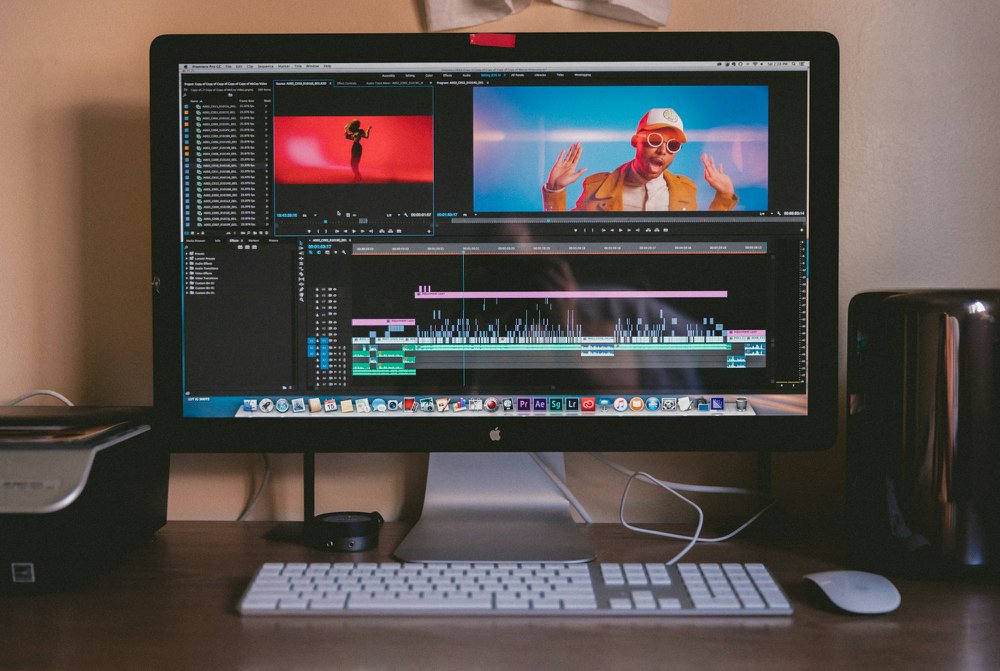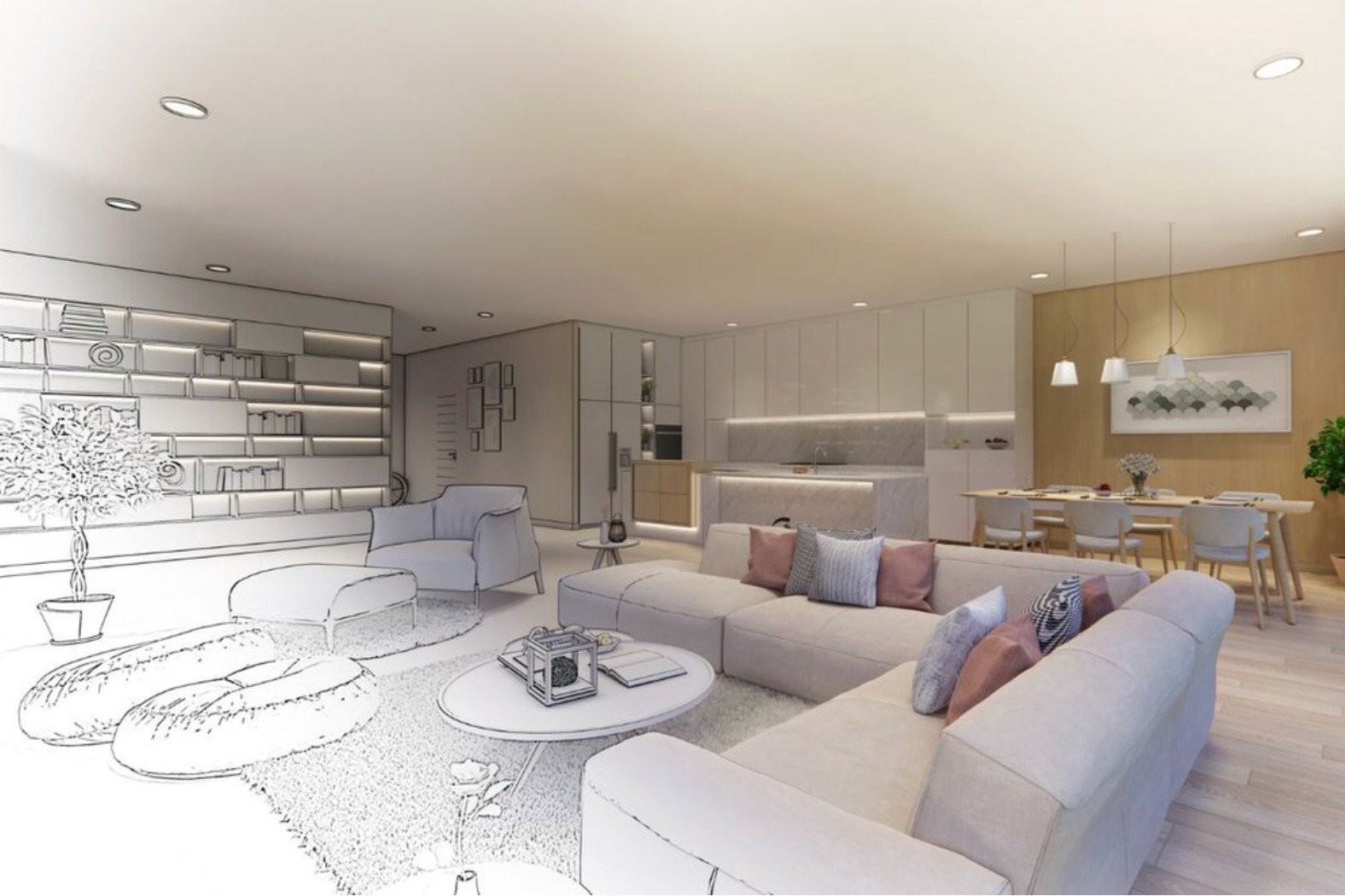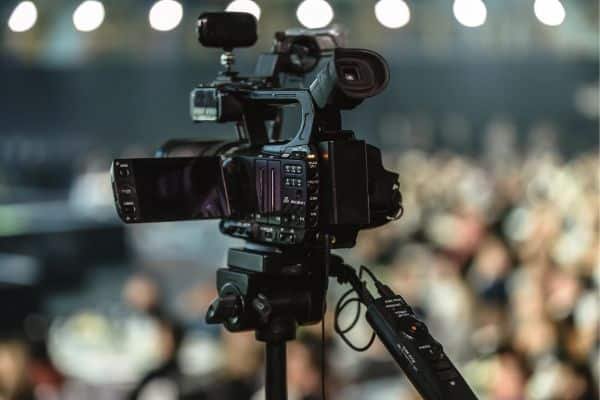What’s better for your project - 2D animation’s timeless charm or 3D animation’s modern realism?
Animation is now a cornerstone of storytelling, marketing, and education - and choosing which style to go with is crucial to achieving your goals. It's ultimately the representation of your product, and reflects how features, highlights, and value will land with your audience.
Both styles have unique strengths and applications, but deciding between them requires a clear understanding of their differences, advantages, and limitations.
In this guide, we’ll break down the main differences, pros and cons of each, their uses in various industries, and help you choose the perfect animation style for your needs.
What Is 2D Animation?

At its core, 2D animation is the art of creating movement in a two-dimensional space. It focuses on height and width without the added depth of 3D animation. This style has been a staple of the animation world, from classic cartoons like Tom and Jerry to modern-day explainer videos.
For a 2D deep-dive, check out 2D Animation- From Concept to Creation
Advantages:
- Cost-Effective: Compared to 3D animation, 2D animation is generally more affordable to produce. It requires less technical complexity and fewer resources, making it ideal for projects with tight budgets or limited budgets.
- Artistic Flexibility: The simplicity of 2D animation allows for creative freedom. Artists can experiment with unique character design and visual styles to convey a specific message or mood. It enables exaggerated movements, which enhance expressive storytelling and make characters more dynamic and engaging.
- More Straightforward Production Process: The workflow, though labor-intensive, is less resource-demanding compared to 3D animation services.
Challenges:
While 2D animation offers creative freedom, it does come with limitations:
- Lack of Realism: It can’t achieve the lifelike depth and texture that 3D animation provides.
- Time-Consuming Process: 2D animation is a time consuming process because each frame must be created individually, whether by hand or digitally, which requires meticulous attention and can significantly stretch timelines for larger projects. Achieving fluid movement is also challenging, especially with limited resources or simpler tools, as it demands careful frame-by-frame work to ensure smooth, natural motion.
What Is 3D Animation?

3D animation works in three dimensions—height, width, and depth—to add depth and create realistic characters and environments in a three-dimensional space. This technique provides spatial depth, resulting in immersive visuals and life like models used across various industries. It’s perfect for projects requiring immersive experiences.
Want more on 3D? Read 3D Animation | From Inspiration to Immersive Experience
Advantages:
- Realism and Depth: The computer generated images and dynamic movements in 3D create visuals that closely resemble real-world objects - making detail come to life in ways other formats can't.
- Immersive Visuals: The realism is entirely captivating and keeps viewers engaged. Technological advancements are pushing the boundaries of what is visually possible.
- Wide Applications: From concept overviews to product demonstrations, and in depth training to medical applications, 3D animated videos can be a powerful and persuasive tool.
Challenges:
While 3D animation delivers stunning results, it comes with its challenges:
- Higher Costs: 3D animation services are resource-intensive,requiring specific software and a highly skilled creative team.
- Longer Timelines: From modeling and rigging to rendering, 3D animation involves multiple stages that can extend project timelines.
2D vs 3D Animation | Style

Types Of 2D Animation
Not all 2D videos are created equally. This style comes in different forms, each with its unique charm and purpose:
- Cel Animation:
Think of the classics like Snow White and the Seven Dwarfs. Every frame is hand-drawn, creating a warm, handcrafted feel. While time-consuming, this style delivers timeless results. - Vector Animation:
Think smooth, modern animations on websites and apps. Vector animation uses scalable visuals created in software like Adobe Animate, making it perfect for sleek digital designs. - Motion Graphics:
You've probably come across animated text or graphics in ads or YouTube intros. Motion graphics focus on moving visual elements like typography, often paired with catchy music for presentations or marketing.
Types Of 3D Animation
3D videos, on the other hand, takes things to another dimension—literally. Here's what it has to offer:
- Character Animation:
Think Pixar! This type is all about breathing life into characters, showcasing emotions, and creating movement that feels real. It's what makes films like Toy Story or Frozen so magical. - Motion Graphics in 3D:
Just like its 2D counterpart, but with added depth and realism. Great for branding or making your marketing videos pop! - Simulations:
Need to see realistic water splashing or fire blazing? Simulations specialize in mimicking natural elements, perfect for film and visual effects. - Virtual Reality:
Imagine stepping into a world created entirely through animation. VR lets users explore interactive environments often used in gaming or real estate. - Product Demonstrations:
Perfect for showing off products in detail. You truly break down how it works, it's inner functions, and what sets it apart.
2D vs 3D Animation | Production Process
2D Production Process
Creating 2D animation involves creativity and detailed planning. 2D animation services generally include 3 main production stages:
- Pre-Production: This phase includes brainstorming ideas, writing scripts, and creating storyboards to map out the animation.
- Production: Keyframes (main moments) are rendered, and in-between, frames are added to ensure smooth movement. Various visual layers, such as characters and backgrounds, are combined.
- Post-Production: Sound effects, voiceovers, and music are added to the animation, which is then finalized and exported in a shareable format.
3D Production Process
For 3D videos, the process is more complex, involving advanced tools and a multi-step approach.
Though the production stages might look the same on paper, each stage is significantly more involved, which is why these production services generally take more time and investment.
- Pre-Production: Similar to 2D, this phase includes scriptwriting, storyboarding, and designing characters. However, additional planning for camera angles and motion paths is required to achieve depth.
- Production:
- Modeling: Objects and characters are created in 3D using software like Blender or Autodesk Maya. These professional tools are widely used in 3D workflows for creating complex, three-dimensional models.
- Rigging: A digital skeleton is added to the models to allow realistic movement.
- Animating: Characters are brought to life by manipulating them frame by frame or using motion capture technology.
- Post-Production: Finally, visuals are rendered, and effects like lighting and textures are applied. Sound and music are synchronized to complete the project.
2D vs 3D Animation | Applications

2D Animation Applications
2D animation is widely appreciated for its simplicity, charm, and ability to convey stories effectively. Here are some of the areas where 2D animation services shine:
- Education and Training:
Animated videos are perfect for explaining complex topics, from science concepts to workplace training modules. The simplicity of 2D animation makes it an excellent learning tool. - Explainer Videos:
Ideal for introducing a product or service. Many startups rely on 2D animation for affordable, engaging explainer videos that quickly grab attention. - Branding: Want to grab attention online? 2D animation is a great choice for creating ads, social media content, and other branded materials that stand out with vibrant visuals and storytelling.
- Entertainment: From animated TV shows to YouTube shorts, 2D animation remains a favorite for its nostalgic charm and creative flexibility.
- Web Content: Enhances web pages, statistically attracting more viewers, and increasing Time On Page.
3D Animation Applications
On the other hand, 3D animation brings realism and depth to the table, making it perfect for more immersive experiences. Here's where 3D animation services excel:
- Gaming: 3D animation creates lifelike characters and dynamic environments, making it the backbone of modern video games. It adds depth and realism that 2D animation simply can't achieve.
- Virtual Reality (VR): In industries like real estate or tourism, 3D animation powers virtual tours and interactive experiences, giving users the ability to explore environments in a realistic way.
- Product Demonstrations: Offers detailed views of products, showcasing their features from all angles. Even the ones you can't get to in a live video
- Film and Television: Big-budget films like Avatar or Frozen rely on 3D animation to build immersive worlds and create lifelike characters.
- Training Simulations: In fields like medicine or aviation, 3D animations are used for lifelike simulations, helping professionals practice in realistic yet controlled environments.
- Pitching proposals: Whether it's new construction or getting backing for a new product, you can bring concepts to light with amazing clarity
Both styles have their place, and choosing the right one depends on your specific needs, audience, and the level of realism required for your project.
- 2D animation is ideal when you need a simple, clear, and cost-effective solution, making it perfect for explainer videos, education, and quick marketing content.
- 3D animation excels when your project demands realism, immersion, or interactivity, such as in gaming, product demonstrations, or VR simulations.
2D vs 3D Animation | Quick Comparison
[[Table]]
Similarities
Despite their differences, 2D and 3D animation share some common ground. Both are powerful tools for visual storytelling and creative expression. Let's look at where these two animation styles overlap:
1. Storytelling at Its Core
Both forms excel in bringing stories to life. Whether it's a heartwarming tale or an exciting product launch, both styles deliver messages in engaging and memorable ways.
2. Shared Workflows and Tools
The production stages often overlap:
- Storyboarding: Both rely on visual planning to map out scenes. Tools like Storyboard Pro make this process seamless.
- Editing and Compositing: Software like Adobe After Effects is commonly used to polish animations, add special effects, and finalize projects.
3. Versatility Across Industries
Both styles are widely used in various fields:
- Education: Animated tutorials and simulations, even in 2D or 3D, help simplify complex topics for learners.
- Marketing: Explainer videos and branded animations benefit from the adaptability of both styles to suit a brand's tone and goals.
- Entertainment: From animated TV shows and films to mobile games, 2D and 3D animation continue to entertain and captivate audiences worldwide.
Focusing on their shared strengths, it's clear that both styles are indispensable tools for creativity and communication. The choice ultimately depends on your project's specific needs.
Key Differences
While 2D and 3D share some similarities, their differences are what make each style unique and suited to specific needs. Let's dive into the key areas where they stand apart:
1. Visual Style
- 2D Animation: Flat, artistic, and stylized visuals, perfect for artistic projects or targeted storytelling. For a more detailed look at these differences, check out this article by Whizzy Studios.
- 3D Animation: Realistic and immersive visuals with depth and movement, ideal for industries that need lifelike representations.
2. Cost
- 2D Animation Services: More affordable due to simpler tools and fewer resources required.
- 3D Animation Services: More expensive because it involves advanced software, highly skilled professionals, and longer production times.
3. Production Time
- 2D Animation: Can be quicker for simpler projects but may take longer for frame-by-frame animation.
- 3D Animation: Typically requires more time due to the complex nature of modeling, rigging, animating, and rendering.
4. Applications
- 2D Animation: Great for explainer videos, educational content, and simpler marketing campaigns.
- 3D Animation: Preferred for gaming, high-end marketing, product demonstrations, and training simulations requiring realism.
Our Advice

It all comes down to your project requirements.
When To Choose 2D Animation:
- Budget-Friendly Projects: If cost is a key concern, 2D animation is a smart, efficient option.
- Simplified Storytelling: Its artistic and straightforward visuals make it perfect for explainer videos, educational content, and marketing campaigns.
- Creative Freedom: With its stylized approach, 2D animation gives you room to experiment with unique designs and characters.
When To Choose 3D Animation:
- Immersive Visuals: If your project demands realism, like gaming or virtual reality, 3D animation is the way to go.
- High-Impact Wow Factor: For industries like film, tech, or luxury products, 3D animation services create stunning visuals that captivate audiences.
- Complex Demonstrations: From medical simulations to detailed product showcases, 3D animation handles intricate details with precision.
Frequently Asked Questions (FAQs)
Which style is better for small businesses?
If you're looking for something quick, affordable, and effective, 2D animation is the perfect choice. Need realism or a product demo? 3D animation is your go-to.
Is 2D animation cheaper than 3D animation?
Yes, 2D animation is usually more budget-friendly. It requires simpler tools and shorter production times, making it ideal for tight budgets.
How long does it take to create a 2D or 3D animation?
For simple projects, 2D animation takes less time. But if you're looking at frame-by-frame work or detailed 3D modeling, expect longer timelines for both styles.
Can you mix 2D and 3D animation?
Absolutely! Combining both styles, often called 2.5D animation, creates a unique look. For example, you can use 3D models over 2D backgrounds for cost-effective yet visually stunning results.
Which is better for product demonstrations?
3D animation wins here. It showcases products in detail, allowing viewers to see every angle and feature in a realistic way.
Need more help deciding? Reach out to Levitate Media to explore your options. We'll guide you through the process and ensure your project gets the attention it deserves.









